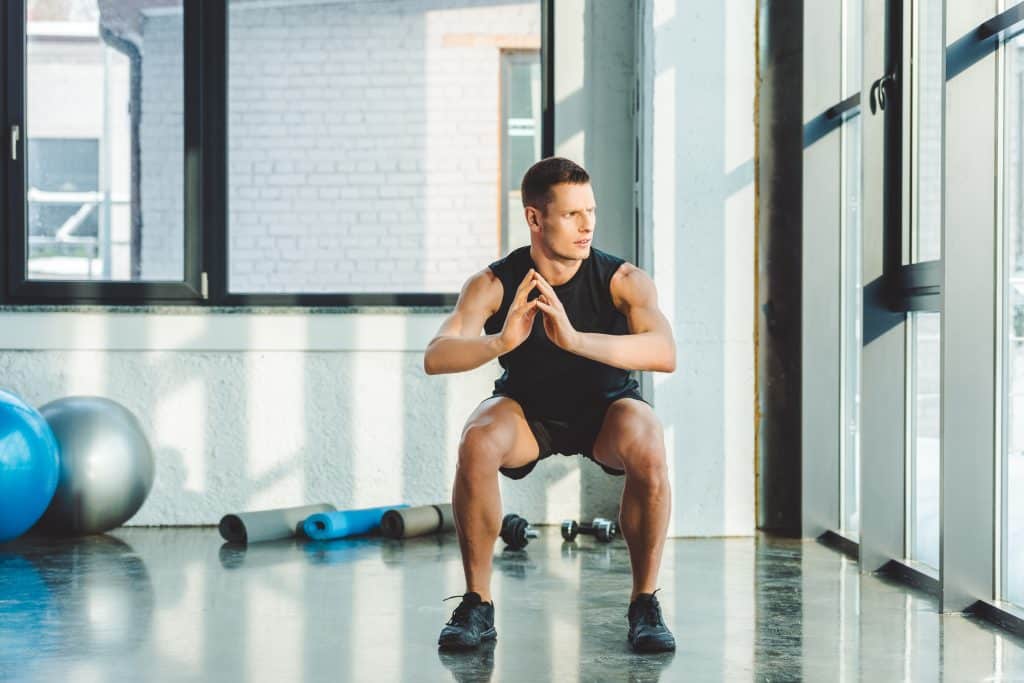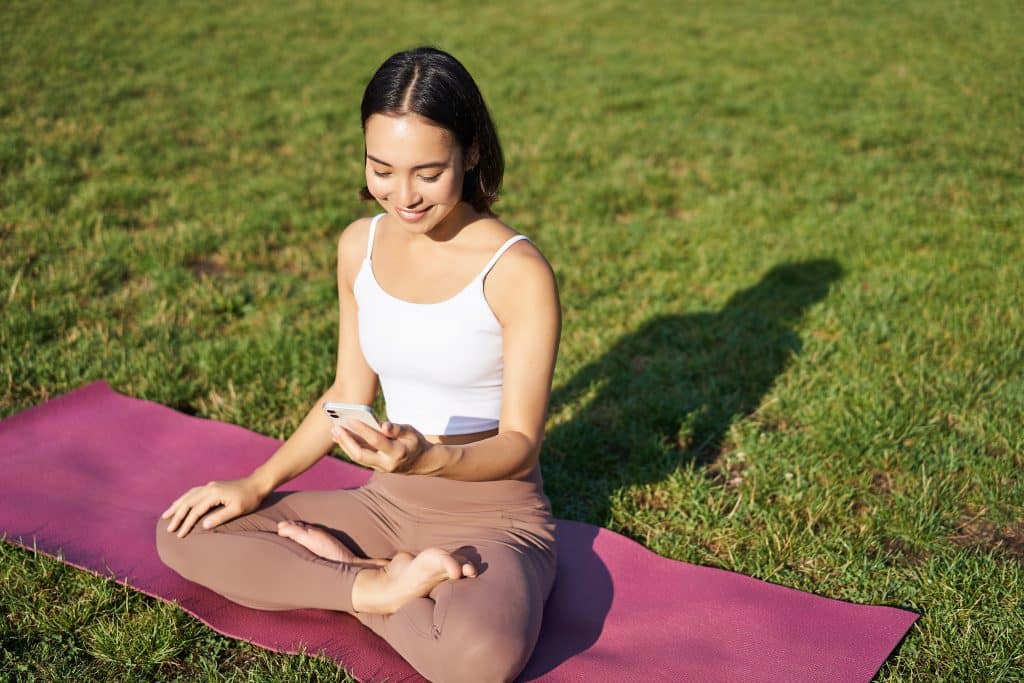The ancient practice of yoga has been embraced by modern societies around the world for its unique fusion of physical activity and meditative tranquility. Yoga, far more than just a fitness trend, is rooted in a rich history dating back thousands of years. This blog post aims to take you on a journey through yoga’s past, detail how this practice can boost your overall health, and provide some tips for those interested in starting their own yoga journey. Let’s unroll the mat and explore how yoga can contribute to a healthier, more balanced life.
The Roots Of Yoga: A Brief History

Yoga, originating in ancient India, was initially a spiritual and philosophical discipline. It was designed to facilitate personal growth and enlightenment, with physical postures being only a small part of the wider practice. Over time, yoga spread to different parts of the world, and as it integrated with various cultures, it began to take on new forms. Yoga’s evolution was particularly marked in the West, where the focus often shifted to its physical aspects – the asanas or poses.
However, it’s important to remember that yoga in its entirety is far more than a series of postures. It’s a holistic practice encompassing ethical principles, mindfulness, breath control, and meditation, along with the physical exercises. This integrated approach to mind-body wellness is part of what makes yoga such a powerful tool for overall health.
The Power of the Pose: How Yoga Boosts Overall Health
Here are some of the major benefits that yoga can provide:
Enhancing Physical Fitness

Among the many benefits of yoga, its contribution to physical fitness stands out. Each yoga pose, or asana, targets different muscle groups in the body. This comprehensive approach helps to strengthen and tone muscles throughout the body. For instance, standing poses often engage the leg and core muscles, while arm balances and inversions build upper body strength.
In addition to improving muscle tone and strength, yoga significantly enhances flexibility. Yoga sequences involve a variety of stretches that help to reduce muscle stiffness, increase joint mobility, and improve overall body alignment. The practice encourages you to hold postures, some of which can be quite challenging, thereby increasing your ability to maintain balance. This blend of strength, flexibility, and balance training, all incorporated into a single yoga session, makes it a well-rounded physical fitness practice, fostering a fit and active lifestyle.
Fostering Mental Well-Being

Yoga doesn’t just benefit your body; it’s also a powerful tool for mental well-being. One of the key components of yoga is its emphasis on mindfulness and presence. During a yoga practice, you are encouraged to focus on the now, to observe your breath, and to connect with how your body feels in each pose. This focus on the present moment can serve as a mental reprieve from the whirlwind of thoughts that often accompany your day-to-day life.
Moreover, the focus on slow, controlled breathing in yoga has been shown to promote relaxation and reduce stress levels. These breathing exercises, or pranayama, help to calm the mind and bring about a sense of peace and tranquility. Over time, regular yoga practice can help foster a more peaceful mindset, better manage stress, and improve overall mental health.
Boosting Immune Function

The practice of yoga extends its benefits to your immune system as well. A regular yoga routine encourages the body to transition from its sympathetic nervous system, which is activated during periods of stress and known to suppress immune function, to its parasympathetic nervous system, which is responsible for the body’s ‘rest and digest’ state. This shift can help to strengthen the immune system, making the body more resistant to illnesses.
Deep, controlled breathing exercises in yoga, known as pranayama, also play a significant role in supporting immune health. These practices are believed to aid in the detoxification process of the body, promoting better health and boosting the immune system’s efficiency. Thus, regular yoga practice can be a great way to bolster your body’s natural defense mechanisms.
Promoting Healthy Aging

Yoga, with its versatile and adaptable nature, can be a great practice for promoting healthy aging. As people grow older, maintaining physical mobility, strength, and balance becomes crucial. Yoga offers a low-impact and sustainable way to work on these aspects of fitness. Regular practice can help to preserve muscle tone, flexibility, and stability, which can contribute to functional independence in later years.
Yoga isn’t just about physical health, though. Its calming and restorative elements can contribute to mental clarity and a sustained sense of well-being, both of which are important as you age. The meditative elements of yoga practice can help manage stress, foster mental tranquility, and promote a sense of contentment. Consequently, yoga supports healthy aging not only in a physical sense but also mentally and emotionally, fostering a holistic sense of wellness.
Embracing The Flow: How To Get Started With Yoga
Here are some tips to get started with a yoga practice:
Finding The Right Style

Yoga comes in a myriad of styles, each with its unique rhythm, postures, and underlying philosophy. Styles can range from the slower, more meditative Hatha yoga, to the intense and physically demanding Ashtanga or Vinyasa yoga. As a beginner, it’s crucial to explore these differences to find the most suitable style for you.
The choice should reflect your physical fitness level, personal health goals, and even your temperament. Are you seeking more stress relief and mindfulness? A gentler style may be ideal. If you’re looking for a rigorous workout to build strength and flexibility, a more dynamic style may be a good fit.
Preparing For Your First Class

Once you’ve chosen your yoga style, preparing for your first class is the next step. It’s essential to wear comfortable, stretchy clothes that allow you to move freely through the poses. You may want to bring a water bottle to stay hydrated and a towel for any sweat.
Most yoga studios provide mats, but bringing your own can be a more hygienic and personal option. Approach your first class with an open mind and remember, yoga is not about competition or perfection. It’s normal to find some poses challenging at first. Be patient with yourself, listen to your body, and focus on enjoying the process of learning and growth.
Adopting A Regular Practice

Consistency is crucial when it comes to yoga. Developing a regular practice can help you gradually increase your strength, flexibility, and mental clarity. Try to set a regular schedule for your yoga practice – it could be daily, a few times a week, or even just once a week to start with. Finding a quiet, comfortable space for practice can also make a significant difference.
Remember, the goal is to make yoga a sustainable part of your lifestyle, so it’s essential to find a rhythm that suits you. Overcoming common barriers such as time constraints or lack of motivation can be challenging but remembering the numerous health benefits of yoga can help keep you motivated. Also, consider joining a local class or online yoga community for support and encouragement.
Start Reaping The Benefits Of Yoga Today!
In conclusion, yoga, with its rich history and myriad health benefits, can be a transformative practice. Not only can it enhance physical fitness and foster mental well-being, but it can also boost immune function and support healthy aging. Starting a yoga practice may seem daunting, but with the right guidance and preparation, it’s a journey that’s well worth taking. So unroll your mat and start reaping the rewards of yoga today!


